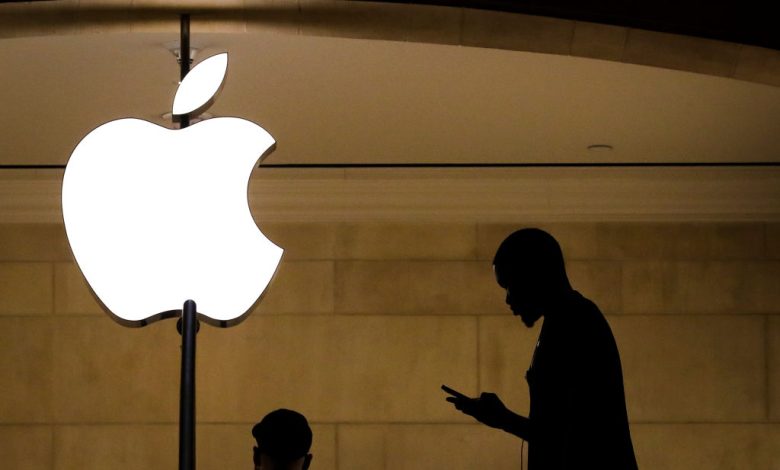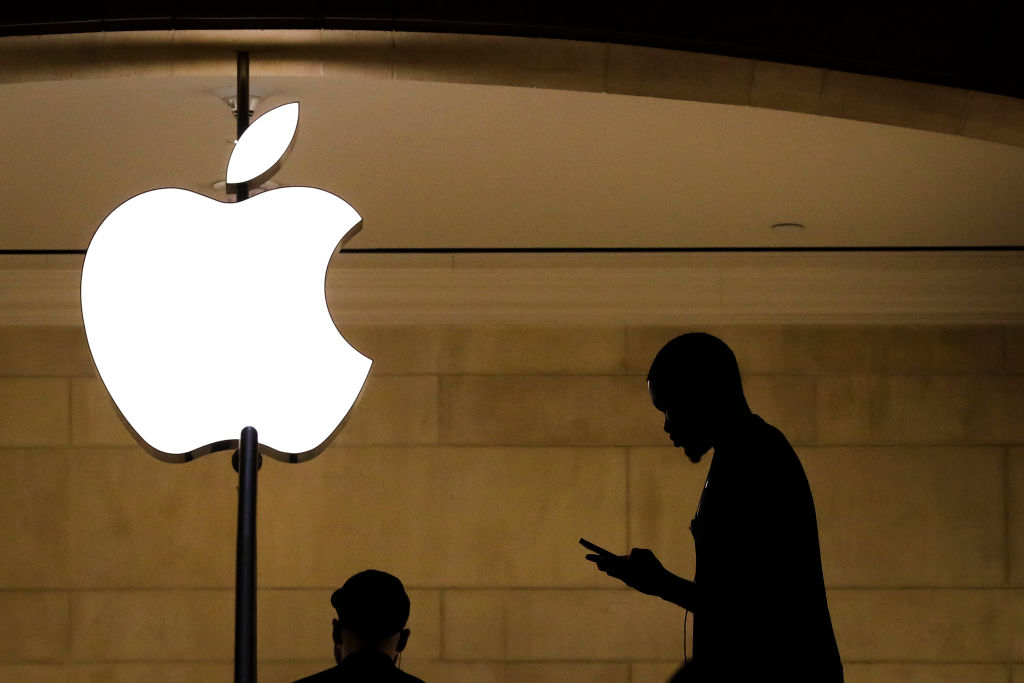Op-Ed: Is Apple Still Iconic Or Is It Old News?


Editorial Note: Opinions and thoughts are the author’s own and not those of AFROTECH™.
When people hear the word “Apple,” they do not automatically think of the fruit; they think about the company that has been a mainstay in the world of consumer technology since Steve Jobs and Steve Wozniak founded it in 1976.
Apple was founded in Los Altos, CA, a suburb of Silicon Valley, in the home of Steve Jobs’ parents. The time Jobs spent building the original vision for Apple in his parents’ garage is why many entrepreneurial stories reference the garage as a symbol of humble beginnings when discussing how their companies first got off the ground.
While many millennials and Gen Z remember how life-changing the iPod was when it was released, it revolutionized the way we listened to music, along with iTunes, which changed the way music was purchased and consumed. Long before the iPod, Apple’s first consumer smash hit was the Apple II.
Released in 1977, the Apple II debuted alongside other personal computers, including the Commodore PET 2001 and the Tandy TRS-80 Model 1. While the PET 2001 and the TRS-80 had varied success, it was Apple that broke through the crowd, not only because of its ease of use and consumer-focused marketing but also because of VisiCalc, the first electronic spreadsheet.
While Microsoft’s Excel is widely used for spreadsheets, it was Apple that created the initial version of digital spreadsheets for computers. Over the years, Apple continued to see success in the world of personal computing. However, in 2007, it introduced a device that changed the way the world operated and accessed information: the iPhone.
The iPhone was a revolutionary device when it was released. Consumers would be able to make phone calls, send texts, browse the internet, and listen to music all on one device, marking a significant change for people who were accustomed to having multiple devices for these purposes.
In 2008, Apple introduced the App Store for developers to build apps for the iPhone. Developers could make money from the apps they created, with Apple taking a 30% cut of the revenue generated through the App Store.
The deal was a gold mine for Apple and developers. Global billing and sales reached $1.1 trillion in 2022, according to a study by economists at The Analysis Group. While the Apple II, iPod, iPhone, and App Store have moved Apple’s business forward, its most recent innovations have not been as well-received.
In February 2024, Apple released the Vision Pro. The company’s first major product since the 2015 release of the Apple Watch, according to the BBC. Apple marketed the Vision Pro as a mixed-reality headset that would make the real world much more immersive by combining it with your digital world.
The Vision Pro was priced at an astronomically high $3,499, more expensive than Apple’s top-of-the-line laptop, the MacBook Pro, which consumers can currently buy starting at $1,599, according to Apple’s website.
Unfortunately for Apple, people quickly started to return their Vision Pros after its release, as reported by The Verge. Customers complained about the lack of comfort due to the weight of the headset, which in some cases caused headaches and motion sickness.
Despite the problems with the Vision Pro, WIRED reports Apple continues to invest in the platform.
At its most recent Worldwide Developers Conference, the company announced visionOS 26, which aims to make mixed reality more appealing to Apple customers through updates to their digital avatars feature, called Personas, and the ability to place widgets in various locations within the home.
The headset will remember and keep track of them, so the next time you put it on, they are still there. I don’t see the Vision Pro bringing Apple back to the forefront of consumer technology, but could AI? Right now, that does not seem likely either.
Apple’s botched rollout of Apple Intelligence, its on-device AI meant to compete with OpenAI and Google’s AI efforts, has been a stain on a company known for delivering top-quality products and services.
Apple has received criticism for its artificial intelligence-powered features, such as text summaries and speech-to-text, which have fallen short compared to products from Google and Samsung, according to Forbes. Apple not only faces internal issues, but a familiar face is also bringing competition that could add additional pressure to their business.
Designer Jony Ive, who led the design of the iPhone, has joined forces with Sam Altman and OpenAI to build AI-enabled devices after OpenAI purchased Ive’s startup, io, for $6.5 billion, NPR reported.
According to The Verge, the device will be “screen-free” and isn’t eyewear, which reminds me of Humane, an AI device company that raised $230 million and developed a hands-free AI pin that received little fanfare, as reported by The Verge. The pin was subsequently sold to HP for parts.
I do not see the hardware that OpenAI and Ive come up with as a viable threat to Apple’s business in the short or long term, due to the rumored form factor Altman and Ive are looking to use for their devices, one that will be mass-adopted by consumers.
Often, what makes companies lose relevance is not always due to external competition but the choices made internally. I believe that Apple can course-correct as it has done before, but it would require the company to deprioritize investing in next-generation hardware at the current rate and spend more time investing in the next-gen software experience it can provide across its existing devices.
Apple is far from done as a company, but it is creatively on the decline, and that is a cause for concern.




